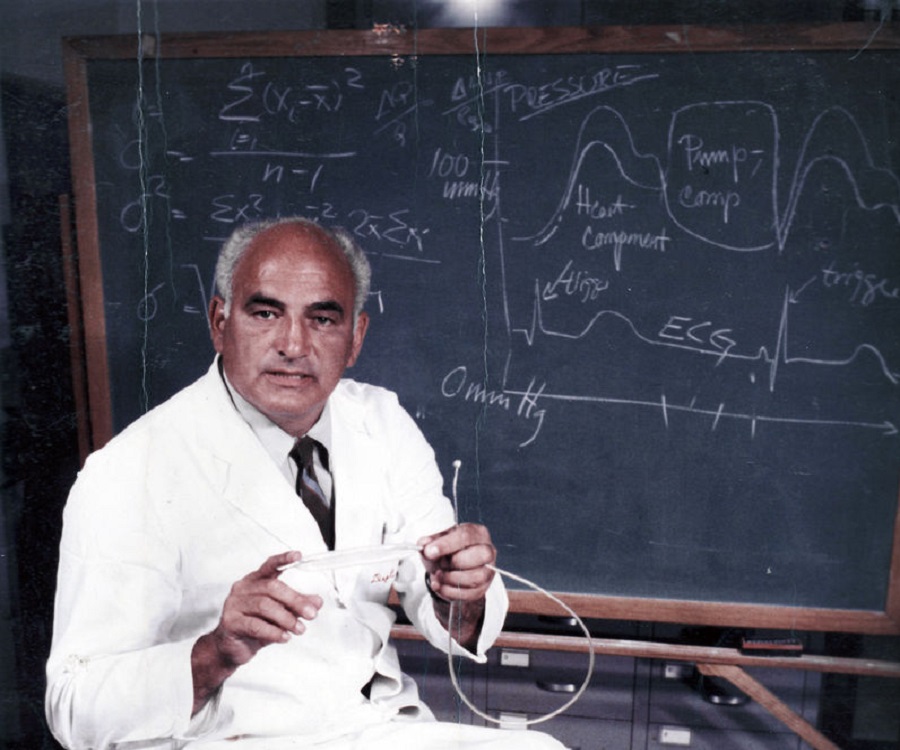From a young age, the boy who would grow to become Dr. Adrian Kantrowitz demonstrated a love of medicine. His father was a physician, so he was following the family trade in some ways. Along with his younger brother, Kantrowitz built an electrocardiograph in his home as an early experiment.
Kantrowitz attended the Long Island College of Medicine, where he received his doctoral degree in 1943. Kantrowitz had served as part of an accelerated program that had hoped to produce doctors in time for World War II. It took him only a year to find assignment with the US Army Medical Corps, and he spent most of his tour in Japan and Europe caring for soldiers.
Upon his return, he became adept at thoracic surgery and won a US public Health Service fellowship to study hemodynamics. It was this period of his life that would reveal the inner workings of what he would call “diastolic augmentation,” which was the foundation for his work in the future.
He discovered a method to help patients dealing with cardiogenic shock using an intra-aortic balloon pump. Placed inside the aorta, this device provides relief to patients suffering from a cardiac arrest, and quickly became the go-to method of treatment for these complications.
Kantrowitz lived a very long life. Long enough to see multiple medical breakthroughs, and the fruits of his own labor. He and his wife co-founded L. VAD Technology, Inc. and she remained by his side throughout his life. He passed in 2008 at the age of 90.
About the Author: Samuel Phineas Upham is an investor at a family office/ hedgefund, where he focuses on special situation illiquid investing. Before this position, Phin Upham was working at Morgan Stanley in the Media and Telecom group. You may contact Phin on his Samuel Phineas Upham website or LinkedIn.
